
Canadian Researchers Discover New Evidence That Vitamin D Shuts Down Cancer Cells

Recent research from McGill University has shed new light on why vitamin D—often called the sunshine vitamin—may be one of the body’s most powerful natural defenses against cancer. Scientists have discovered the molecular basis behind vitamin D’s cancer-preventive effects, revealing how its active form can essentially shut down the activity of cancer cells.
People with higher blood levels of vitamin D not only have a reduced risk of developing several types of cancer but also tend to live significantly longer than those with low levels of the vitamin, according to studies updated in April 2024.
Uncovering the Molecular Mechanism
The groundbreaking work, led by McGill University professors John White and David Goltzman from the Department of Physiology in the Faculty of Medicine, uncovered how vitamin D acts at the cellular level. Their team demonstrated that the active form of vitamin D, known as 1,25-dihydroxyvitamin D, inhibits both the production and function of a crucial protein called cMYC.
This protein, cMYC, is known to drive cell division and is found at abnormally high levels in over half of all known cancers. By suppressing cMYC activity, vitamin D may effectively slow or even stop the uncontrolled proliferation of cells that characterizes cancer. The findings were published in the Proceedings of the National Academy of Sciences (PNAS) and mark a significant advance in understanding how vitamin D operates at the molecular level.
Why Vitamin D Matters More Than Ever
Over the past decade, interest in vitamin D’s broader health benefits has grown exponentially. Once thought to be relevant mainly for bone health, vitamin D is now recognized as a regulator of hundreds of genes involved in immune response, inflammation control, and cell differentiation.
Previous research has firmly established a link between low blood levels of vitamin D and increased risks of various cancers, as well as cardiovascular disease. Dr. Stephen B. Kritchevsky, Professor of Internal Medicine and Translational Science at Wake Forest School of Medicine, found a striking correlation between vitamin D levels and mortality rates among older adults.
“We observed vitamin D insufficiency—defined as blood levels below 20 ng/ml—in nearly one-third of our study participants,” said Dr. Kritchevsky. “This insufficiency was associated with almost a 50 percent increase in mortality among older adults. Our findings suggest that vitamin D deficiency represents a major public health issue, particularly for aging populations.”
A Global Problem of Deficiency
Despite the fact that vitamin D can be produced naturally through sunlight exposure and consumed through limited dietary sources such as fatty fish, fortified milk, and eggs, modern lifestyles have led to widespread deficiency. People spend more time indoors, wear sunscreen regularly, and consume less vitamin D-rich food, creating an imbalance that has reached global proportions.
In many countries—especially those far from the equator—vitamin D deficiency or insufficiency is now common even among healthy adults. This has spurred growing concern among public health experts who believe that low vitamin D levels may be silently increasing the risk of chronic diseases.
The Link Between Vitamin D and Cancer Suppression
Vitamin D’s influence extends far beyond maintaining healthy bones. Research indicates strong correlations between insufficient vitamin D and a higher incidence of several cancers, particularly digestive tract cancers (including colon cancer) and certain forms of leukemia.
Professor John White’s lab at McGill has been investigating these effects for years.
“Our laboratory has long focused on how vitamin D acts within human cancer cells,” said Prof. White. “We discovered that vitamin D regulates both the production and degradation of cMYC, and more importantly, it enhances the synthesis of a natural cMYC antagonist called MXD1, effectively shutting down cMYC’s oncogenic function.”
Their team went further by applying vitamin D topically to the skin of mice and observing a sharp decrease in cMYC activity, suggesting that even localized application can help prevent cancerous transformations in tissues. Conversely, mice that lacked the receptor required to process vitamin D displayed elevated cMYC levels in multiple tissues, including the skin and colon lining.
This suggests that vitamin D, whether taken orally or applied topically, could play a valuable role in cancer chemoprevention—that is, preventing the transformation of normal cells into malignant ones.
Vitamin D as a Natural Chemopreventive Agent
Taken together, the evidence from these studies paints a compelling picture: vitamin D acts as a molecular brake on cMYC activity, slowing the transition from precancerous to malignant states.
Dr. White emphasized the broader implications of this discovery:
“Our results demonstrate that vitamin D helps maintain cellular balance and suppresses early cancer development. We hope this research will motivate people to maintain healthy vitamin D levels through safe sun exposure or supplementation, and that it will encourage large-scale clinical trials on vitamin D as a safe, cost-effective cancer prevention strategy.”
How Vitamin D Protects DNA
Beyond its influence on cMYC, vitamin D also protects genetic material from damage. When the vitamin binds to its receptor (VDR), it activates a cascade of protective biochemical reactions that neutralize toxic agents and prevent harmful mutations. When vitamin D levels are low, these protective systems become overwhelmed, allowing mutations and tumor formation to occur more easily.
This may help explain why people living near the equator, who receive abundant sunlight year-round, exhibit much lower rates of certain cancers compared with populations living in northern latitudes.
The relationship between sunlight and cancer prevention dates back to the 1940s, when researcher Frank Apperly observed that mortality from certain cancers decreased dramatically closer to the equator—a phenomenon he described as a form of “sunlight-induced cancer immunity.”
How the Body Activates Vitamin D
The human body converts inactive precursors of vitamin D (D₂ and D₃) through two main steps: hydroxylation in the liver and kidneys. This process produces 25-hydroxyvitamin D [25(OH)D], the storage form, and 1,25-dihydroxyvitamin D [1,25(OH)₂D], the biologically active form.
Interestingly, newer research has shown that even non-kidney cells can activate vitamin D locally, suggesting that maintaining high enough circulating levels of 25(OH)D could offer localized cancer protection throughout the body.
A Growing Body of Evidence
Epidemiologist Dr. Cedric Garland from the University of California, San Diego, has spent decades studying vitamin D’s link to cancer prevention. He reports that more than 200 epidemiological studies and 2,500 laboratory studies support the connection between vitamin D and lower cancer risk.
“Vitamin D is arguably the most powerful natural chemopreventive agent on the planet—and it’s free of serious side effects,” Garland states.
According to his research, raising global vitamin D levels could prevent up to 600,000 cases of breast and colorectal cancer every year. Moreover, optimal vitamin D levels might help prevent at least 16 different types of cancer, including pancreatic, lung, ovarian, prostate, and skin cancers.
A large-scale, randomized, placebo-controlled study even found that vitamin D supplementation could reduce overall cancer risk by up to 60%, prompting the Canadian Cancer Society to endorse vitamin D as a viable preventive measure.
Further studies found that light-skinned women with consistent long-term sun exposure had half the risk of developing advanced breast cancer compared to those with limited sun exposure. Similarly, research led by Dr. William Grant, a global vitamin D expert, estimated that 30% of all cancer deaths worldwide—over 2 million per year—could be prevented through adequate vitamin D intake.
Inflammation, Skin Health, and Sunlight Exposure
Many experts now believe that inflammation plays a major role in vitamin D deficiency and related diseases. Skin pigmentation itself evolved as a natural balance between producing enough vitamin D from sunlight and protecting folic acid from ultraviolet (UV) damage.
At the University of Leeds, researchers found that individuals with very pale skin often cannot stay in the sun long enough to generate sufficient vitamin D without burning. They recommend using non-toxic, mineral-based sunscreens instead of conventional chemical sunscreens, which often block vitamin D synthesis entirely.
The Sunscreen Paradox
Ironically, while sunscreen is marketed as protection against skin cancer, excessive use may actually reduce vitamin D production to dangerously low levels—potentially increasing the risk of internal cancers.
Comprehensive scientific reviews of 785 sunscreen products revealed that 83% either failed to provide adequate UV protection or contained ingredients with safety concerns. Many high-SPF products protected only against UVB radiation, leaving users exposed to UVA, which contributes to premature aging, immune suppression, and possibly skin cancer.
Moreover, up to 54% of sunscreen ingredients break down in sunlight, losing effectiveness within hours. Despite these findings, the FDA still does not require stability testing for sunscreen products or mandate full UVA protection labeling.
Rethinking Sunlight and Health
The evidence supporting vitamin D’s broad health benefits continues to grow, challenging long-held medical assumptions about sunlight exposure. While overexposure can indeed cause skin damage, complete avoidance of sunlight may carry far greater risks.
Vitamin D, produced naturally in the skin when exposed to UVB light, is vital not only for bone health but also for immune regulation, cardiovascular protection, and cancer defense. Some scientists now argue that moderate, regular sun exposure without heavy sunscreen—combined with dietary intake or supplementation—may be one of the simplest and most effective ways to improve overall health.
As Professor Garland notes:
“Vitamin D is not a luxury; it’s a necessity. Ensuring optimal levels could save millions of lives and reshape the way we approach cancer prevention.”
Conclusion
The science surrounding vitamin D has evolved from a simple story about bones to a complex and inspiring narrative about genetic regulation, cancer prevention, and longevity. From the molecular mechanisms discovered at McGill University to the global epidemiological evidence amassed over decades, the message is clear: maintaining sufficient vitamin D levels is a cornerstone of long-term health.
Whether through smart sun exposure, diet, or supplementation, embracing the power of vitamin D could represent one of the most profound yet accessible strategies in modern medicine—offering hope not only for longer life but for a future with far less cancer.
News in the same category


See What Happens When You Drink Coffee On An Empty Stomach
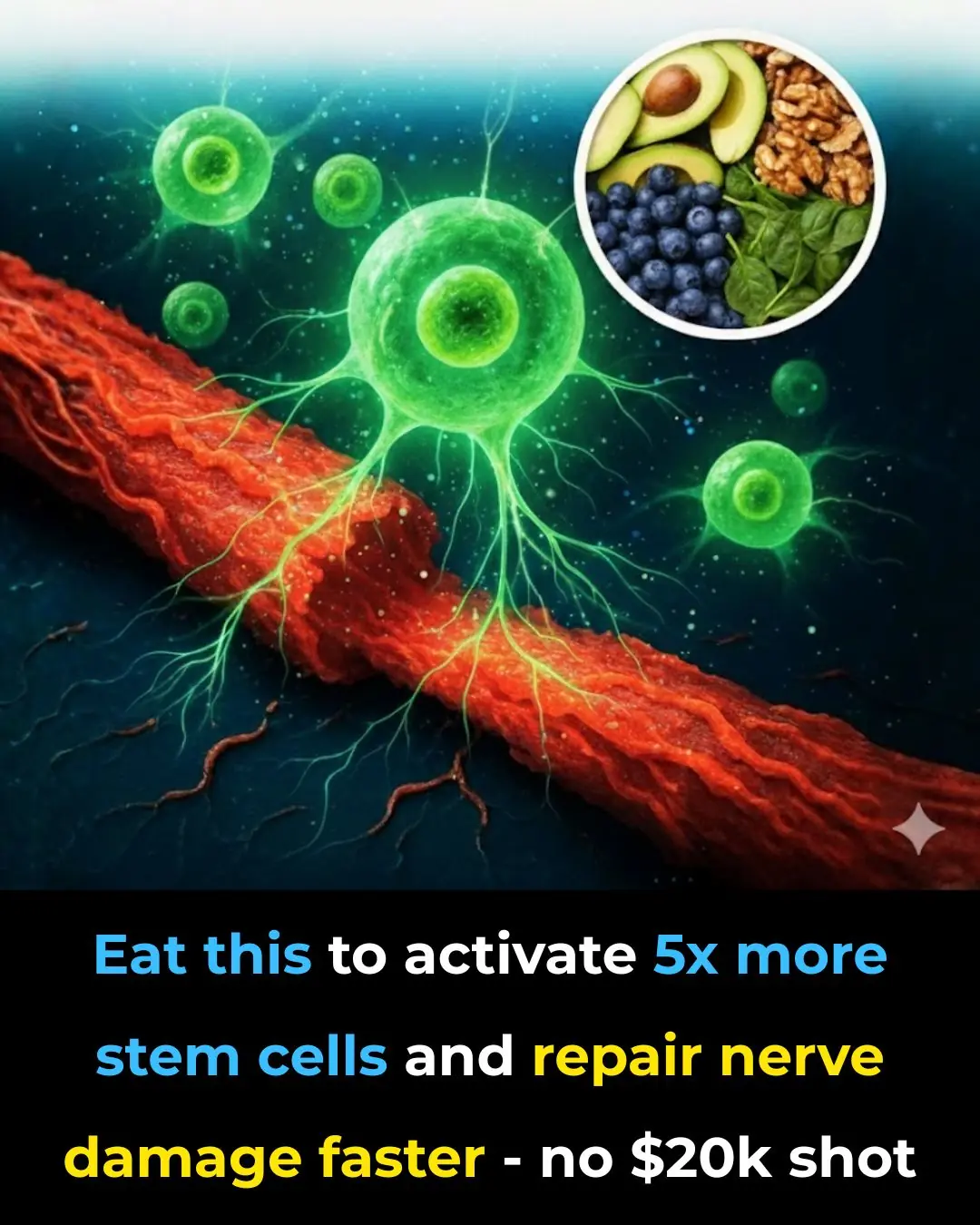
Eat this to activate 5x more stem cells and repair nerve damage faster — no $20k shot

🌿 Natural Ways to Fight Bad Breath & Tonsil Stones — Safely and Effectively

Eat this to activate 5x more stem cells and repair nerve damage faster — no $20k shot

4 Amazing Benefits Of Cloves For Skin & Hair

Best Natural Home Remedies To Safely Remove Skin Tags

Natural Ways For Breast Enhancement

The Golden Morning Elixir That Melts Joint Pain Like Butter – One Cup Daily Unlocks Pain-Free Movement in Just Days!
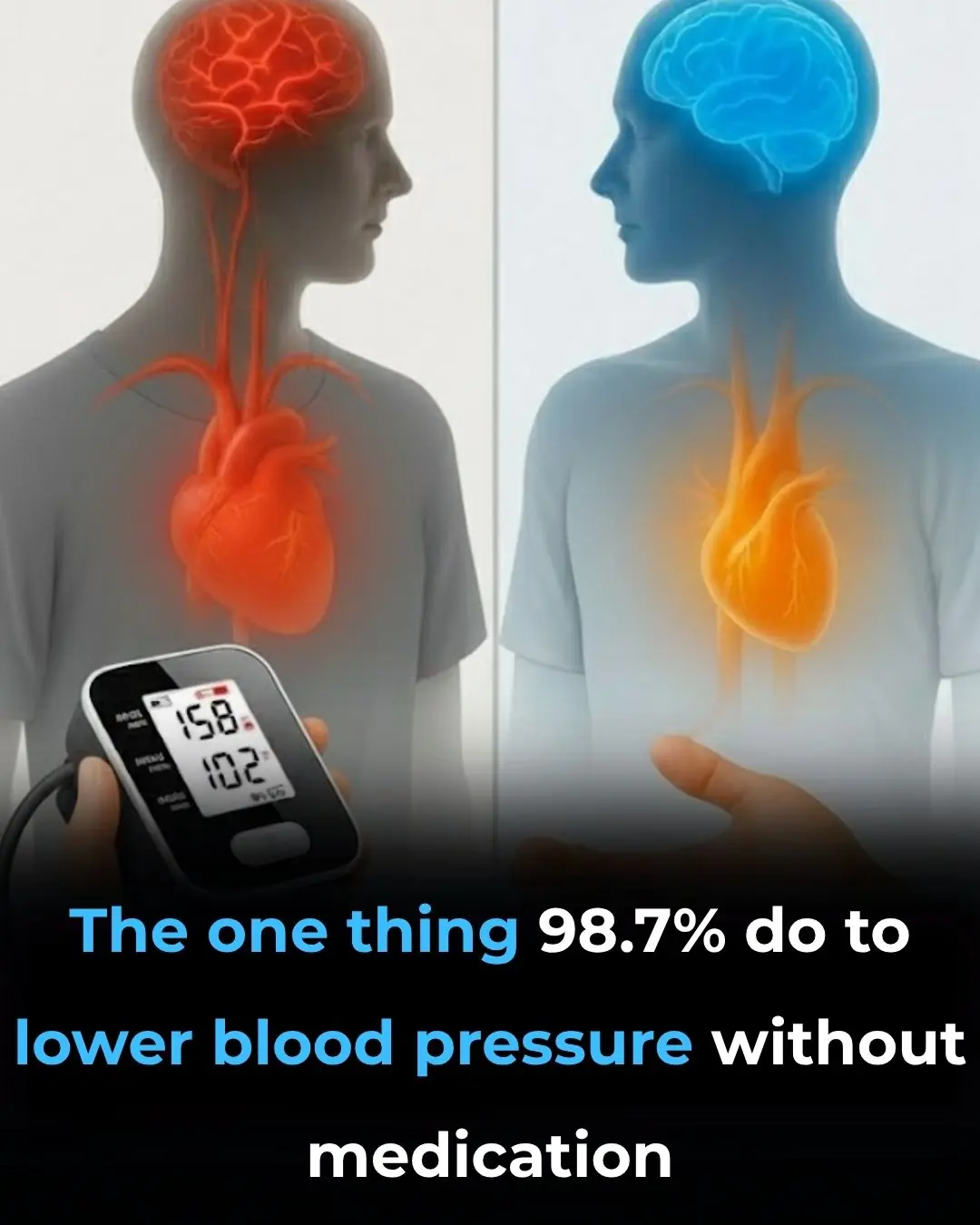
The one thing 98.7% of people do to lower blood pressure without medication
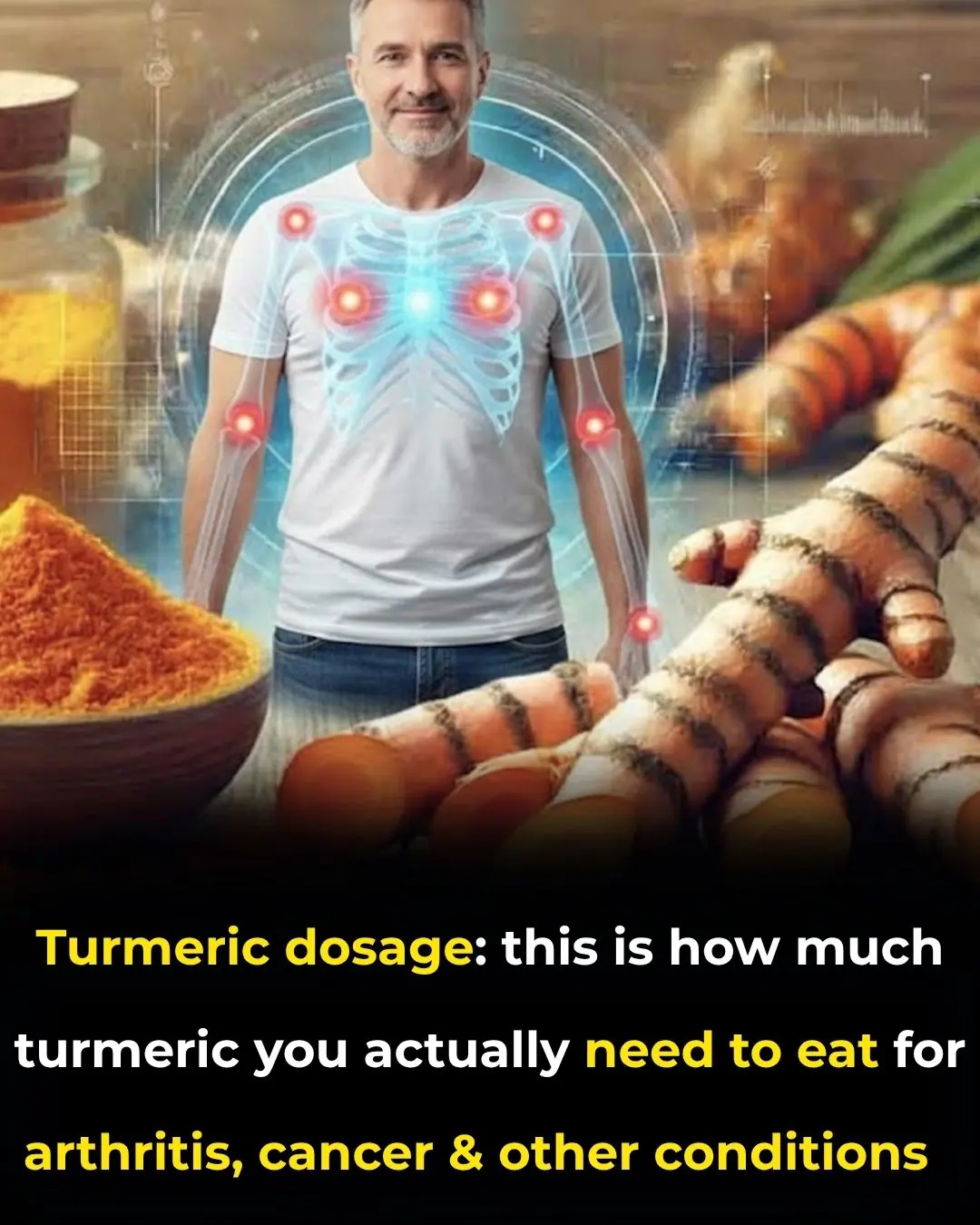
Turmeric dosage: this is how much turmeric you actually need to eat for arthritis, cancer and other diseases

The 1-cup bedtime drink that stops you from waking up at 3 AM

Why Hot Dogs and Processed Meat Might Be the Most Dangerous Foods of All Time

Can you eat moldy food? Here’s what you MUST throw out.
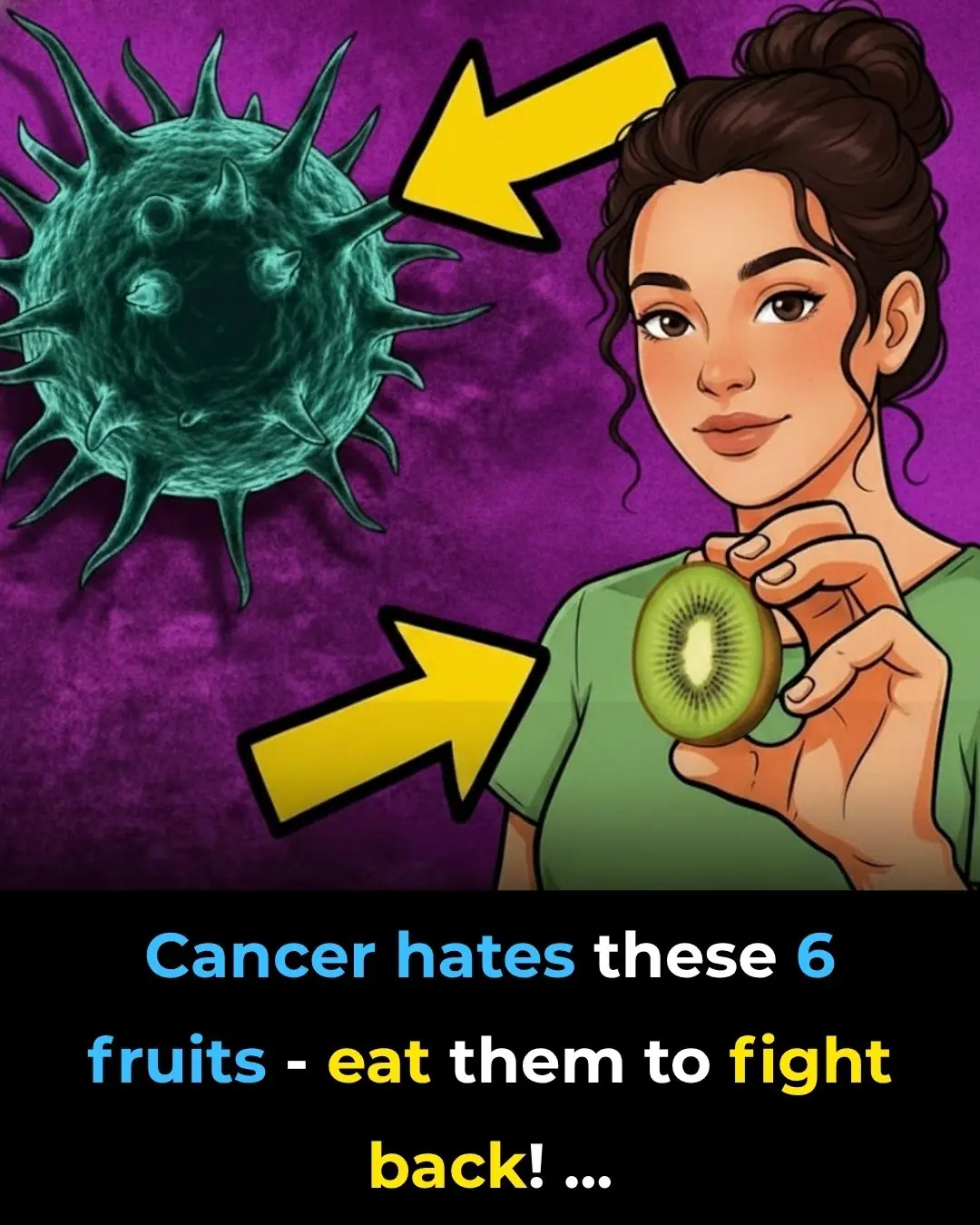
Cancer hates these 6 fruits—eat them to fight back!
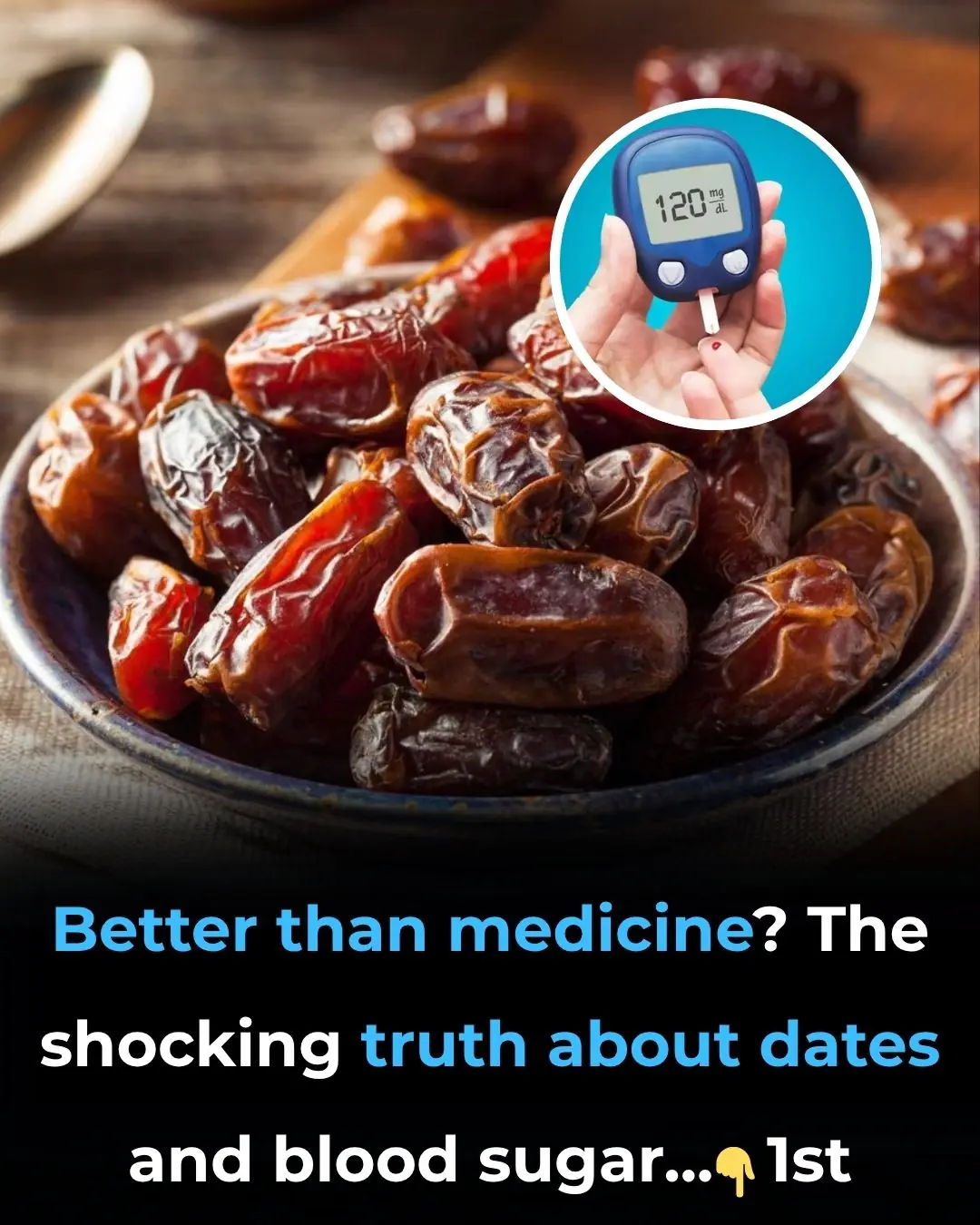
Better Than Medicine? The Shocking Truth About Dates & Blood Sugar!

4 Reasons Why Cardiac Arrests Happen in The Bathroom

4 Unusual Eye Symptoms That May Signal Cancer — Often Overlooked by Many
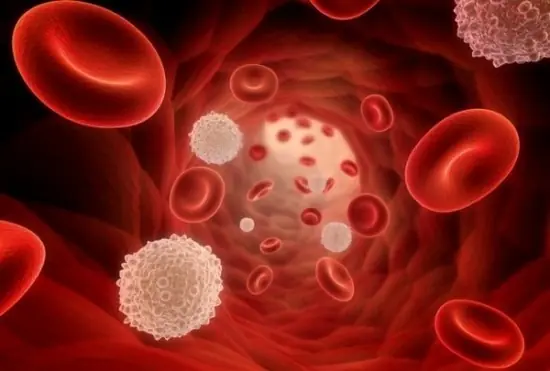
5 Things You Should Never Do in the Morning If You Want to Stay Healthy and Prevent Cancer
News Post

‘He was a Snake’: Hugh Jackman’s Ex-Wife Plotting to Expose Everything Following the Actor’s Flirty Red Carpet Debut with Sutton Foster

6 Ways Dr. Martin Luther King Jr. Changed America

Howard Alumni Phylicia Rashad and Taraji P. Henson Surprise Student With a $25K Scholarship

Great-Grandmother Receives College Degree At 78-Years-Old

Turn Papaya Leaves Into a Powerful Homemade Detergent

5 New Things To Teach Your Child About Bessie Coleman

This Family of Four Is Providing Black Families With Top-Rated Luxury Bookings

Say Goodbye to Swollen Legs

Doctors warn: 4 everyday habits quietly driving heart failure deaths higher — and what to do about it

Celebrating Angela Davis: 5 Things You May Not Have Learned About the Iconic Activist

See What Happens When You Drink Coffee On An Empty Stomach

Eat this to activate 5x more stem cells and repair nerve damage faster — no $20k shot

Stop refrigerating these 10 fruits
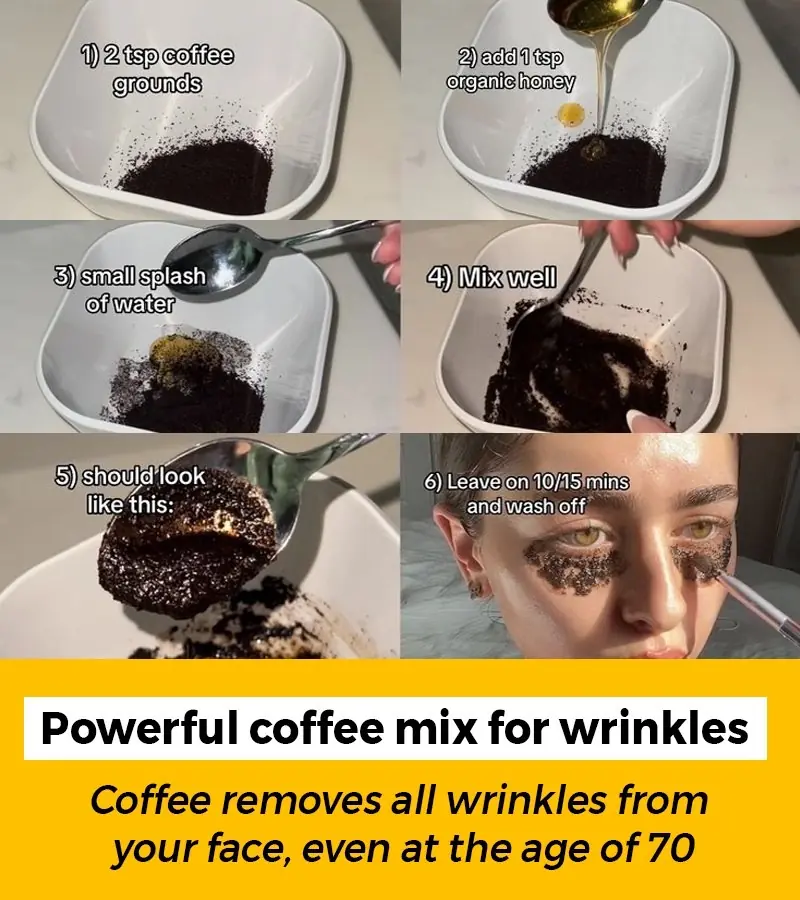
Erase Wrinkles in 3 Minutes with Coffee: The Natural Solution for Youthful Skin

Homemade Anti-Aging Hand Scrub To Get Younger Looking Hands

🌿 Natural Ways to Fight Bad Breath & Tonsil Stones — Safely and Effectively

Huge blow for Cat Burns and Alan Carr ahead of Celebrity Traitors final as Brits back Faithfuls to win

Strictly pro Kai Widdrington ‘in trouble’ over brutal comment to Vicky Pattison: ‘So bad’
